Here's what you mean when you order different types of fried eggs, and how to make our favorite kinds, from over-medium to sunny side up.
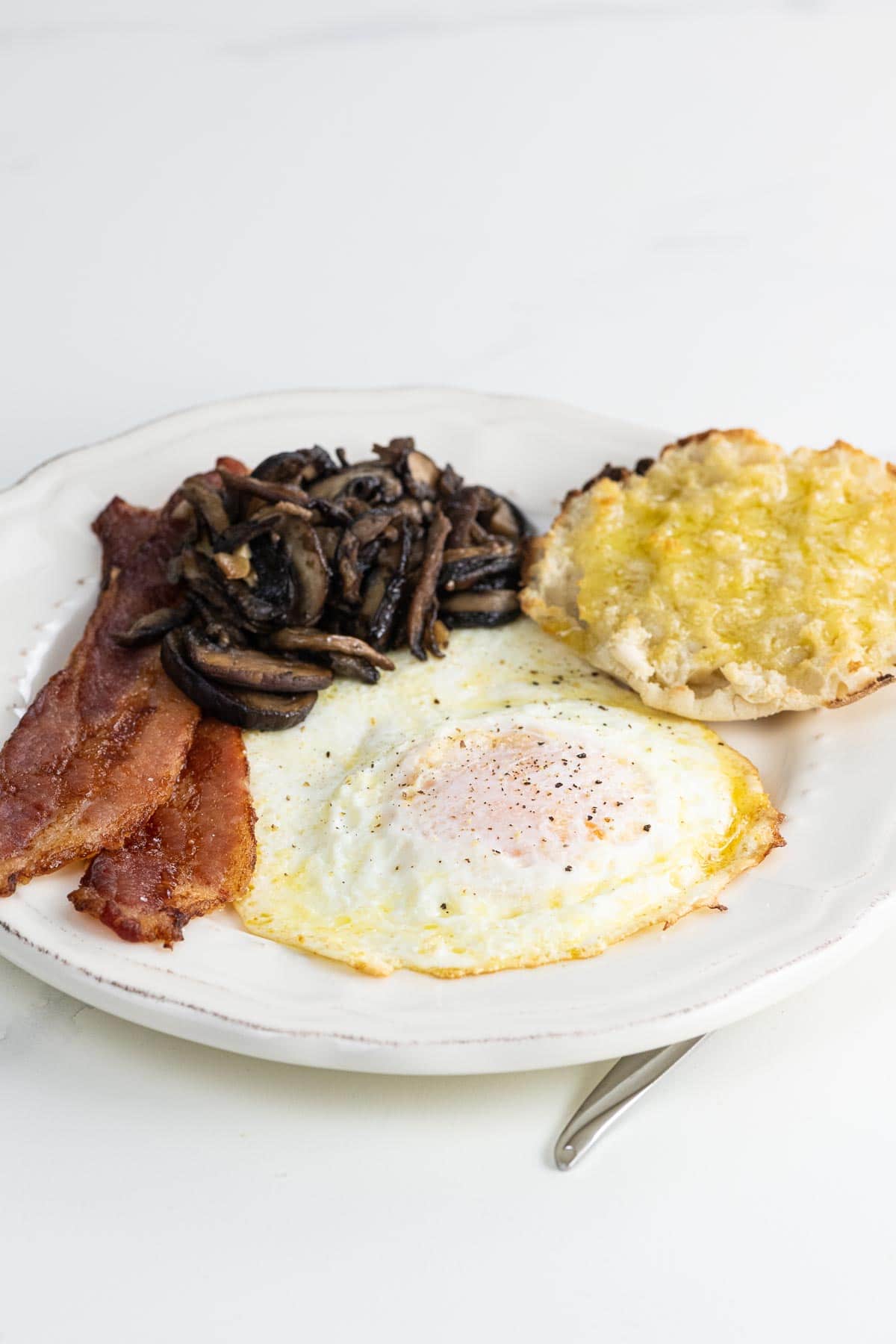
Why this recipe works
Fried eggs are among the quickest, most nutritious, and most versatile foods in the world. They're so flexible that I hardly know whether to call them an ingredient or a meal. Over the years I've made many thousands of them, and I've perfected the details so that you can easily achieve whatever characteristics you like.
To create different types of fried eggs, you'll:
- Start with great eggs
- Choose your pan
- Choose your fat source
- Control the heat level
- Flip or not flip
- Cover or not cover
Read on to learn all you need to know.
What you'll need
Here's a glance at the ingredients you'll need to make this recipe.
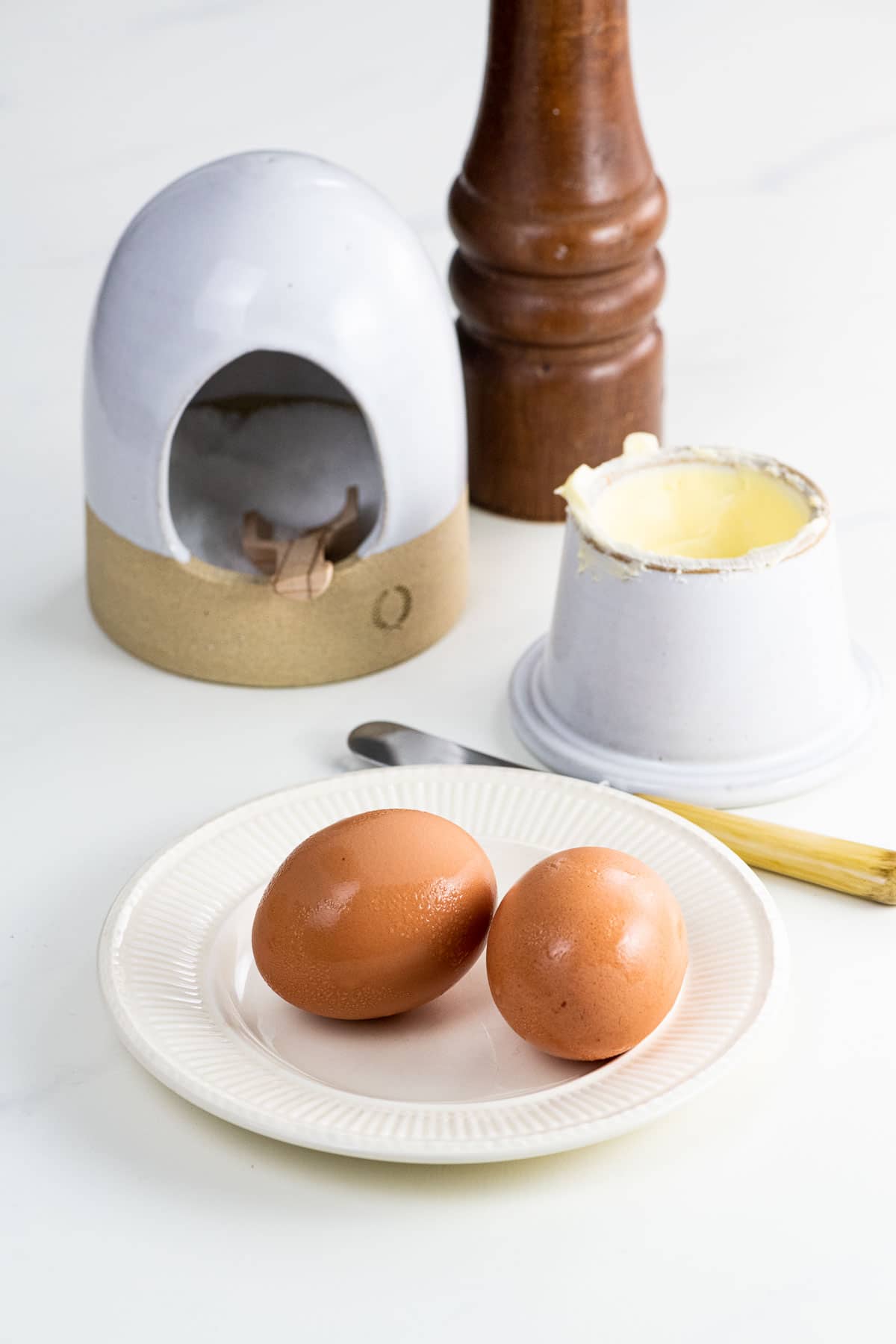
- You can use any eggs you like, but sourcing good ones makes all the difference in such a simple recipe. Nothing beats the gorgeous golden yolk of a fresh egg from a well-treated hen. I've devoted a whole section to helping you parse the details.
- My preferred fat source is butter, but bacon fat and olive oil are also great choices depending on what you're going for. There's more information in the section below. Use a really good-quality butter if you can. Here and virtually everywhere, I start with a cultured, salted butter from grass-fed cows. This sounds fancy but doesn't have to be. Kerrygold, for example, is sold in most supermarkets at a reasonable price.
- Everything else is optional. I like to sprinkle on a little bit of fine sea salt (or hey, truffle salt) and freshly ground black pepper right after cooking, but you don't have to.
Sourcing eggs
The least-complicated (though often not the most convenient) way to source great eggs is to buy from local farmers whom you know and trust, either directly from the farm or at a farmers' market or small grocery store.
If you're shopping at a U.S. supermarket, things can get a little more complicated. Here's a quick guide to the terminology that will and won't help you choose the best eggs you can afford.
Words that mean something
- Organic
- Pastured (best) or free-range
- USDA A or AA
- Certified Humane or Animal Welfare Approved seals
Words that don't mean anything
- Natural (anything can be called natural)
- Vegetarian-fed (chickens are natural omnivores)
- No added hormones (this is required by the government)
- Antibiotic-free (chickens are rarely medicated with antibiotics)
Equipment
A good nonstick pan makes all the difference. I usually make two fried eggs at a time. Whether you're making one or two, an 8-inch pan is a comfortable choice. A good-quality pan with a nice heavy bottom will do the best job distributing the heat. This one is a favorite in our household, and the pan pictured here for use on my induction burner, which also works great, is this one.
If you like your fried eggs with very crispy edges, you can use a very well-seasoned cast iron skillet, as long as it's become truly nonstick.
I flip my eggs without a utensil (it's easier than you may think), but if you're not up for that, you'll also need a silicone spatula that won't damage your nonstick pan. Try to find one with a very thin or slightly angled front edge so it's easy to slide under the egg.
How to make it
Here's an overview what you'll do to make some of our favorite types of fried eggs. You can see the steps in action in the video that accompanies this post, and get all the details in the recipe card below.
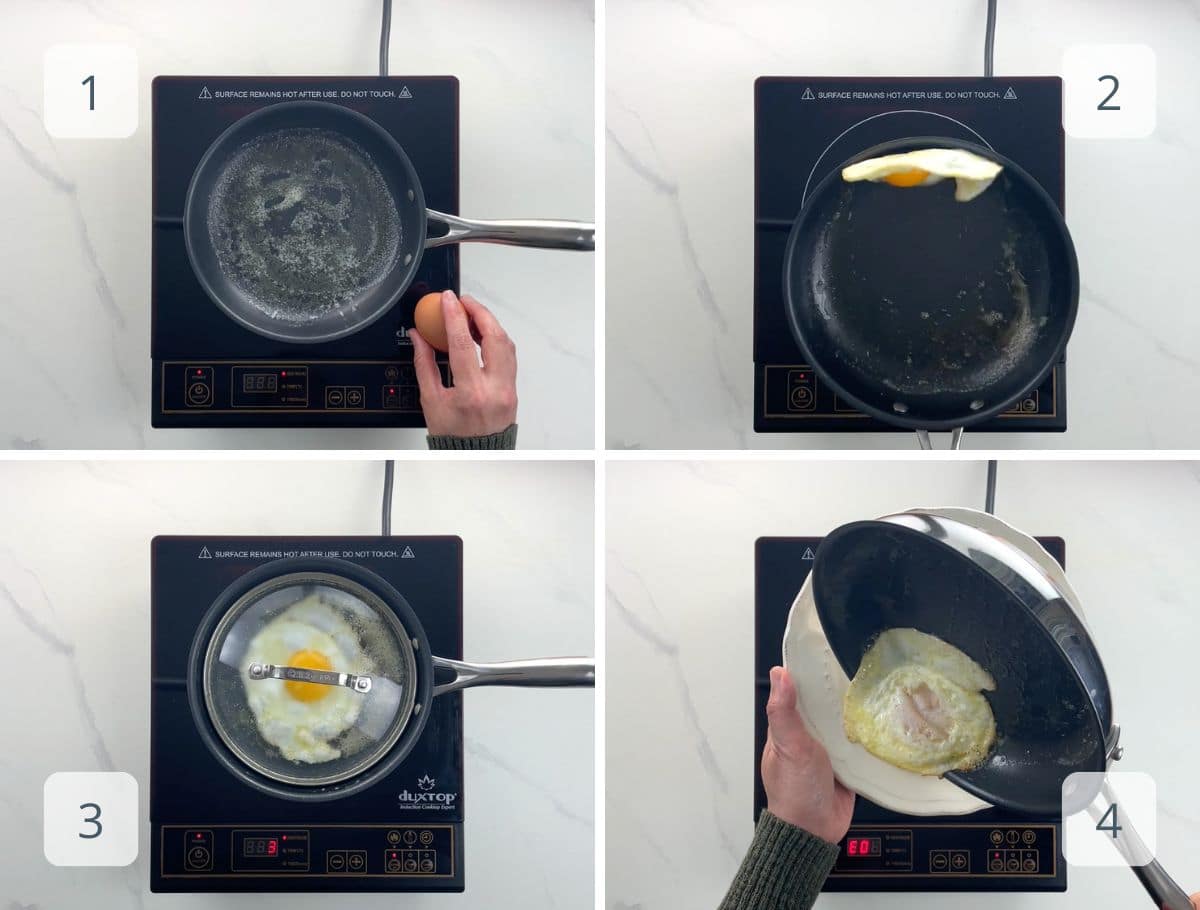
- Regardless of which type you're making, you'll start by melting the butter (or heating the olive oil or bacon fat) in your nonstick pan over medium heat.
- Crack the egg against your flat work surface and add it to the pan. You can place it into a small bowl first if you feel more comfortable sizing it up before sliding it into the pan. Then you'll leave the egg alone until it's cooked underneath.
- The next step depends on the style of egg you're making. For sunny-side up, reduce the heat to low and simply leave it alone until the top is cooked to your liking. For over-style, you'll flip and continue cooking. For a Celia egg (see below), you'll place a lid on the pan.
- Slide the egg onto a serving plate and sprinkle with salt and pepper if you like. That's it!
How to flip an egg
Here's a slow-motion video showing how to flip an egg using just the pan and the motion of your arm.
It takes a little bit of confidence and a little bit of practice, but if I can do it, you can definitely do it.
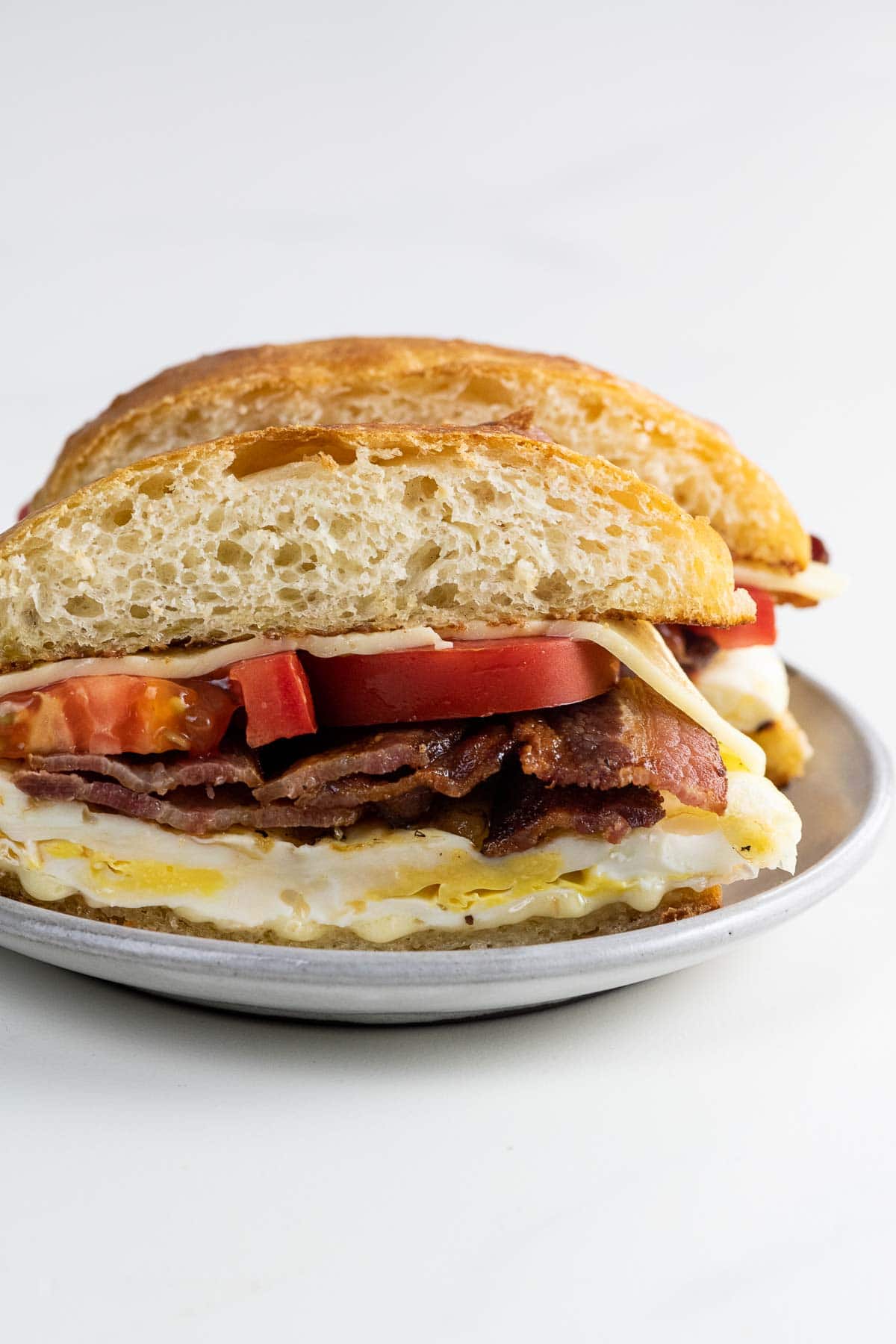
The four types of fried eggs, plus one
- Sunny-side up is so named because you can still see the bright yellow yolk. For this style, the only decision you have to make is whether you want the bottom tender or more cooked and crispy.
- Over easy means flipped, with the white just cooked through and the yolk still very runny.
- Over medium (pictured below) is my personal favorite. It's flipped, and the yolk is more viscous but still a little bit runny. You can take the yolks anywhere from more runny to more jammy, depending on your preference.
- Over hard is flipped, with a solid yolk. I like to achieve this by piercing the yolk the tiniest bit before flipping so that the yolk hardens but the whites stay tender. You can also just cook it longer after flipping so both the yolk and the white will be very firm.
- Celia fried eggs, pictured second in the video, aren't part of the international canon (yet!), but don't miss them. These eggs start out at a slightly higher heat to get gently crisped edges, and then you'll lower the heat and cover the pan. The yolk gets jammy and gently cooked on top without flipping.
Expert tips and FAQs
You can't go wrong with a good-quality nonstick pan, and you can achieve any result from tender to crispy in a pan like that by regulating the heat. A cast iron skillet transfers an intense heat, so it will be a little easier to get crisp edges and undersides, and a little harder — but by no means impossible — to keep things tender.
Butter imparts delicious flavor and is easy to work with at the lower heat used for frying eggs. Bacon fat also adds lots of flavor and can help encourage crispy edges. Olive oil works nicely for a vegetarian and dairy-free option. If using olive oil, include a bit of salt.
No. All types of fried eggs want to be cooked just before serving. They're ready in under five minutes, so in the vast majority of circumstances, it shouldn't be a problem.
That said, if you somehow end up with a leftover fried egg, you can keep it in an airtight container in the fridge for up to a week, reheat with a quick spin in a frying pan or on half power in the microwave, and add it to virtually any dish, from a burger to a bowl of spaghetti.
More favorite ways to make eggs
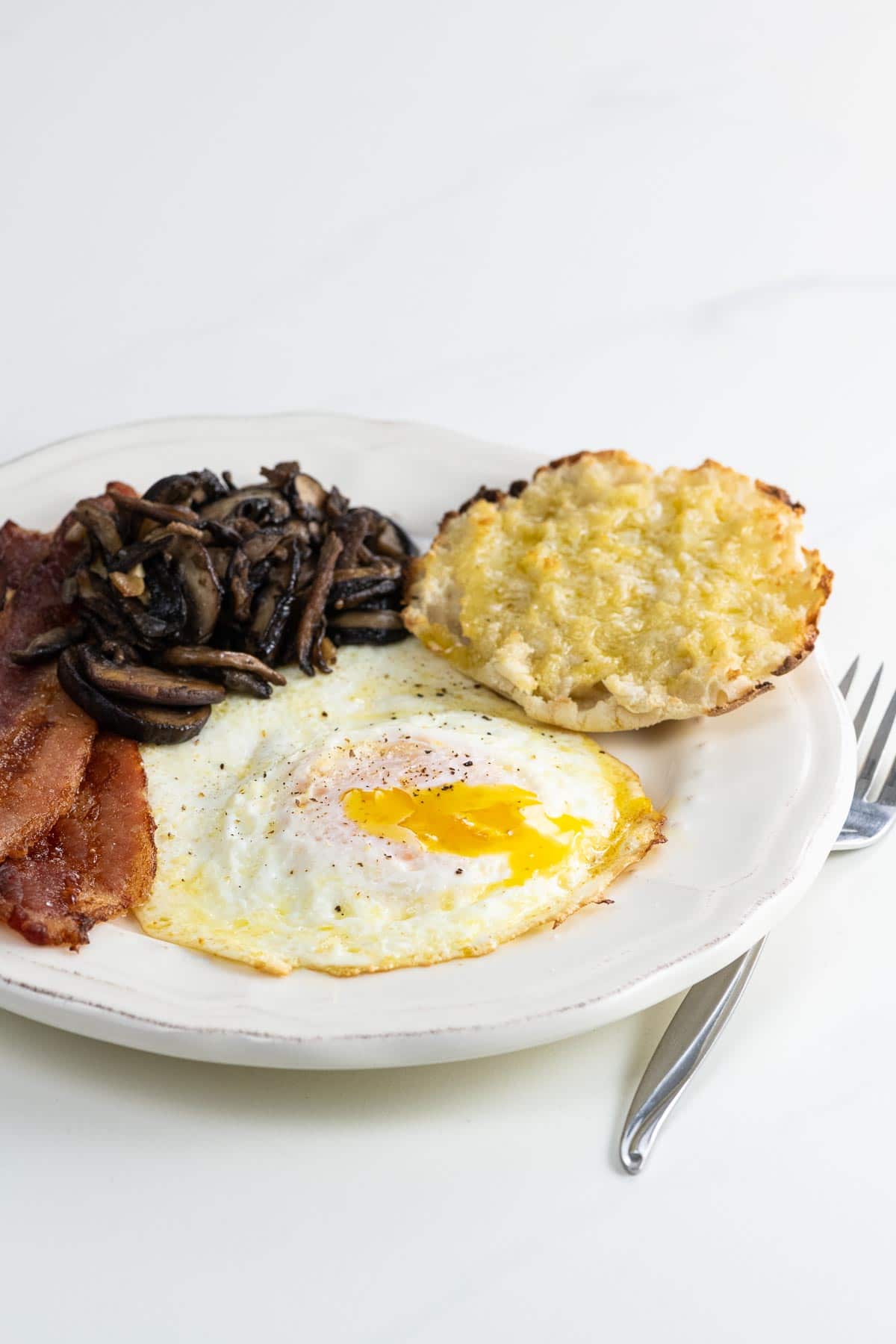
Hungry for more?
Subscribe to Umami Girl's email updates, and follow along on Instagram.
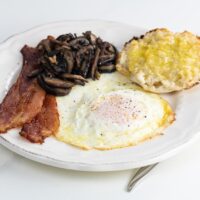
Types of Fried Eggs
Ingredients
- 1 tablespoon (14 grams) good butter
- 1 large egg
- Fine sea salt and freshly ground black pepper (optional)
Instructions
- Place the butter into an 8-inch nonstick pan and set over medium heat.
- When butter is melted, crack the egg against your flat work surface and add it to the pan. (You can place it into a small bowl first if you feel more comfortable sizing it up before sliding it into the pan.)
For all types of fried eggs, leave the egg alone until it's set underneath and beginning to set on top. Then proceed according to type:
- For sunny-side up, reduce the heat to low and simply continue cooking until the white and yolk are set to your liking. Or, if you prefer crisp edges and a less-tender underside, you can leave the heat as-is or even raise it a bit so that the bottom cooks much faster than the top.
- For a Celia egg, place a cover over the pan, reduce the heat to low, and cook until the edges are slightly crispy and the yolk is jammy but not hard.
- For over-easy, flip the egg carefully, without breaking the yolk, and cook for just a minute or so more, until the underside sets but the yolk is still very runny.
- For over-medium, flip and continue cooking until the yolk gets a bit jammy. You can get an indication of the yolk's viscosity by shaking the pan a bit and seeing how much the center of the egg wobbles. Over time you'll learn how to achieve your ideal results with your particular tools.
- For over-hard, I like to prick the yolk with the tip of a knife or the tines of a fork before flipping, then flip and continue cooking until the yolk sets. Alternatively, you can flip without pricking and simply cook until the yolk cooks through. This latter method results in firmer whites as well.
- Slide the egg onto a serving plate and sprinkle with salt and pepper if you like. That's it!
Notes
- Please refer to the post above to learn more about sourcing eggs.
- Butter imparts delicious flavor and is easy to work with at the lower heat used for frying eggs. If you prefer, you can substitute bacon fat, which also adds lots of flavor and can help encourage crispy edges. Olive oil works nicely for a vegetarian and dairy-free option. If using olive oil, include a bit of salt.
- A sprinkle of truffle salt works beautifully if you're in the mood.
- Fried eggs want to be cooked just before serving. They're ready in under five minutes, so in the vast majority of circumstances, it shouldn't be a problem. That said, if you somehow end up with a leftover fried egg, you can keep it in an airtight container in the fridge for up to a week, reheat with a quick spin in a frying pan or on half power in the microwave, and add it to virtually any dish, from a burger to a bowl of spaghetti.
Nutrition
Hungry for more?
Subscribe to Umami Girl's email updates, and follow along on Instagram.



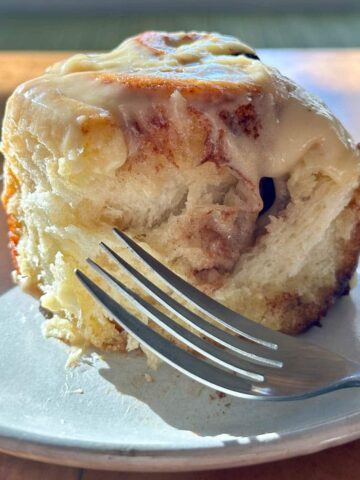

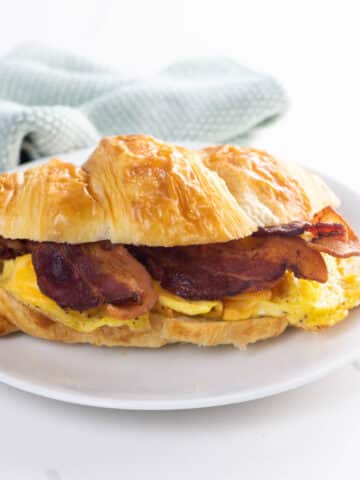
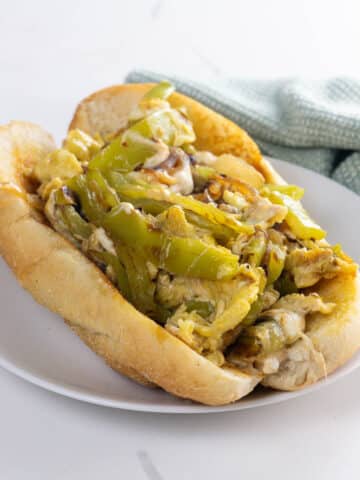

Leave a Reply